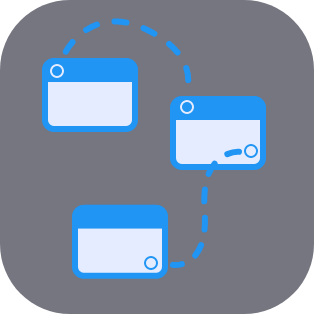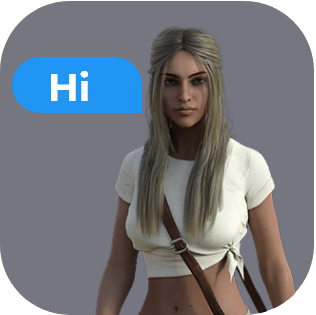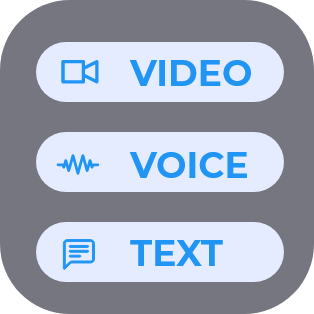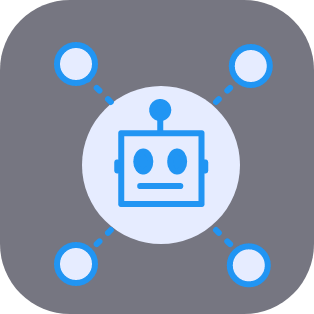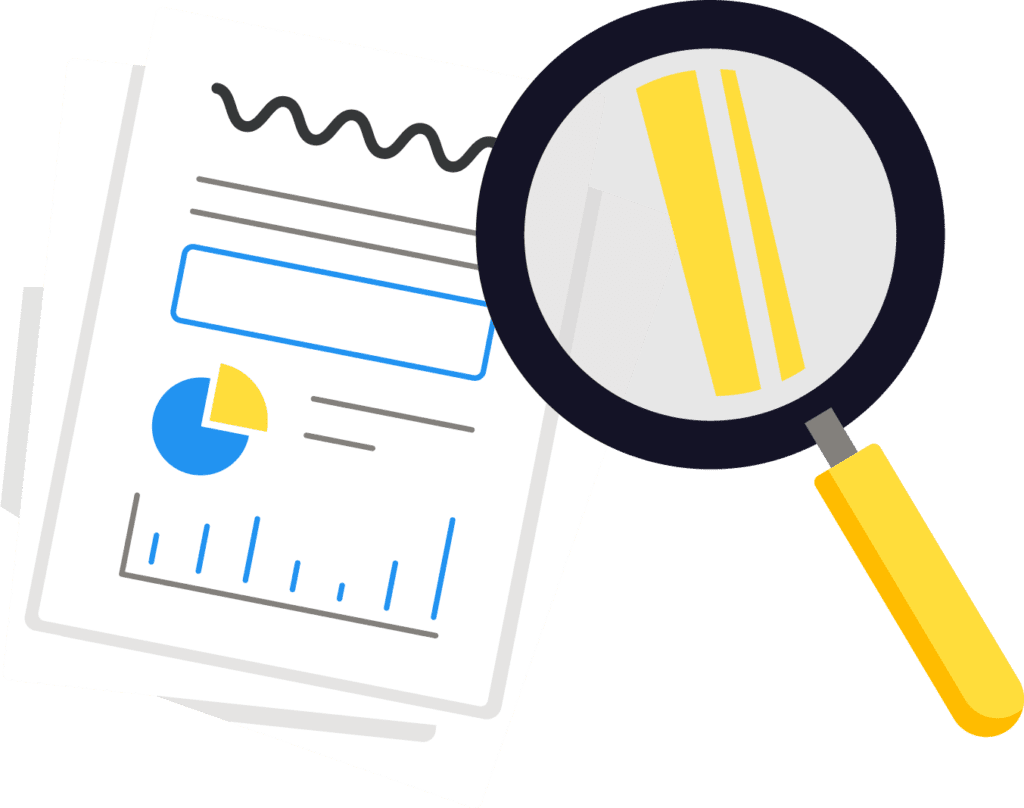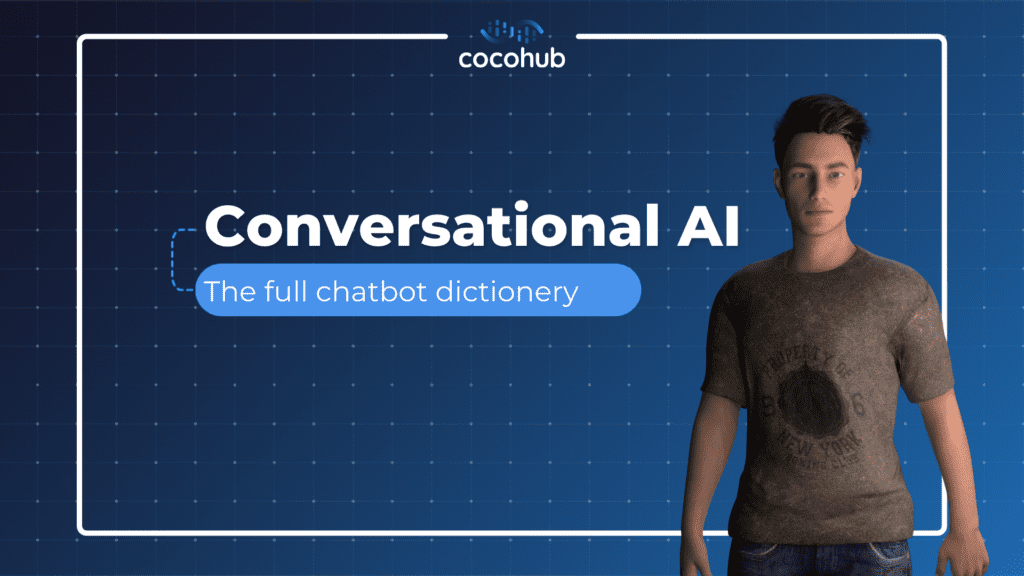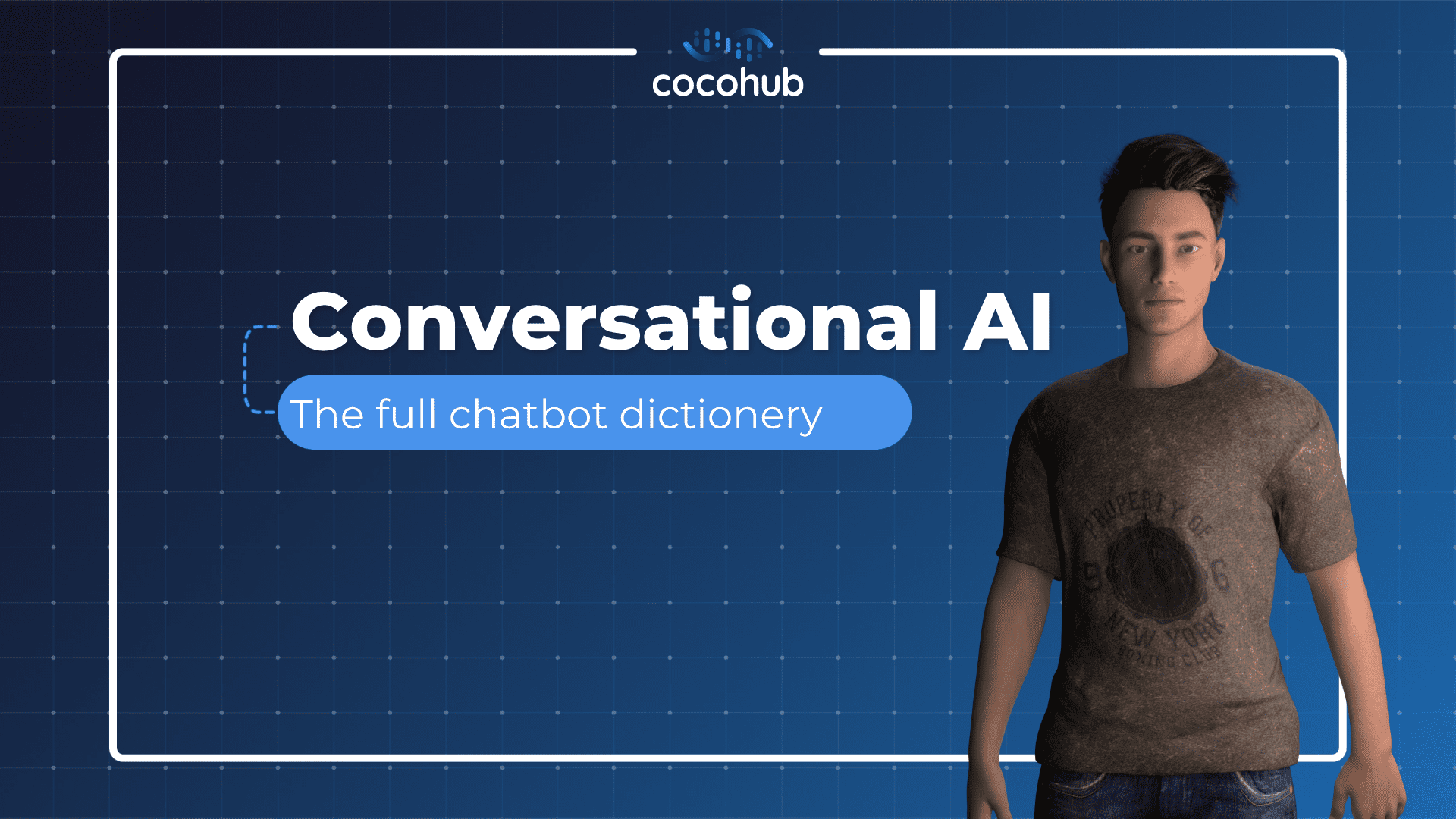With the help of the industry’s biggest experts, and as a part of our mission to promote collaboration and create a common ground – we’re launching a professional, yet simplified, glossary of conversational AI terms, concepts and ideas.
All of the explanations are coming from Miri Blyackher’s web series, Coming to Terms with AI, which is featured bi-weekly on CoCoHub’s platforms, including our growing YouTube channel. We’re updating this glossary after each and every episode.
So… let’s start touring our conversational AI glossary! What is…
CHATBOT and DIGITAL ASSISTANT | CONVERSATIONAL AI | NLP, NLU AND NLG (Natural Language Processing, Understanding, Generation) | TURING TEST | CONTEXT | CONVERSATIONAL COMPONENT | ANTHROPOMORPHISATION
WHAT IS A CHATBOT? WHAT IS A DIGITAL ASSISTANT?
Brielle Nickoloff, Linguist, Conversational AI Advocate and Product manager in Botmock:
A digital assistant is any kind of conversational experience that helps you achieve something. It can be a transaction where you’re buying something, it can be informational, where you’re learning about something. It can be organizational if it’s helping you keep track of something on your calendar.
Under the umbrella of the digital assistant you have chatbots and voice bots. So, talking with a voice experience like Alexa or Google assistant or Third-party application, you’ll be mainly using your voice and keeping in mind – as the designer – that they can’t see anything, unless you’re using a screen device.
If you’re using a chatbot, its natively existing within a screen like a mobile phone or on your desktop. So you have the luxury of allowing the user to see that information for a longer period of time. It doesn’t just disappear Into thin air as soon as it’s said.
Watch the full video:
WHAT IS CONVERSATIONAL AI?
Rucha Gokhale, Founder of Indyrise and co-founder of Women in Voice NJ, explains to the conversational AI glossary:
Conversational AI is bringing the ability for you to talk to the computer in your language, instead of the need for you to learn the computer’s language.
A human-to-human conversation is very difficult to replicate with a computer, because of things like body language, changing directions, nuance. In other words, the computer will essentially do what we tell it to do. And we really haven’t really codified conversation deeply enough for a machine to do it well.
If you’re going to have a machine have a conversation at the lower level with humans, there are components like intents, entities, slots or data – that helps codify conversations so that we can implement them in an AI platform.
Watch the full video:
WHAT Is machine learning in conversational ai?
Dr. Nava Shaked, AI Expert at Giliz Information Systems & Science Faculty member at HIT:
Machine Learning in Conversational AI: The term definition of machine learning is a methodology enabling a machine or a computer to acquire knowledge and information from data, relatively independently, even automatically knowledge and information from data, relatively independently, even automatically. Later, this can be used for several cognitive operations. So if the machine learned really well, it can even make predictions, which is what we aspire for.
Artificial intelligence makes it possible for computers to simulate human thinking and human processing. We’re talking about features that enable machines to analyze, build or perform a process, which is sometimes long and meaningful of self-learning to understand information or language interaction in the deepest sense. Meaning to analyze text in a very intelligent way, to make communication between people in a way that understand mood and tone and even social interaction and personal issues as references, things that is really even difficult for us as humans to perform – and all these little components of language are something we are trying to teach the machine.
Today computers are really good fast and able to perform unbelievable tasks. But sometimes they are unable to do things that even babies can do, from identifying who is talking to understanding colloquial or slang by learning from mistakes or understanding references in conversation drawing conclusions. There are many things that people do really naturally and easy, but for the computer, it is still very hard. So here comes machine learning, which is again a methodology which enables us to acquire these cognitive abilities like a person learns from experience. The machine will learn from the data that we are giving it, and as people are learning by experience and we know that there is a cognitive module in everybody’s mind.
Watch the full video:
WHAT IS NLP/NLU/NLG – NATURAL LANGUAGE PROCESSING. NATURAL LANGUAGE UNDERSTANDING, AND NATURAL LANGUAGE GENERATION?
Dr Joan Palmiter Bajorek, Women in Voice CEO & founder:
Natural language processing, NLP, is literally how computers process human language. Natural language is kind of a misnomer, but it really means human language. For example, take the sentence “the cat lies on the table”. And so the computer is like “the cat”, “lies” “on the table”. So, we’re thinking about “the cat” or about different parts of the words, like “cat”, which is a noun. Traditionally natural language processing is on the word level and syntax. So – word and the order traditionally, that’s what it’s all about.
Natural language understanding, NLU
Natural understanding implies that we have more semantic material. So that the word “cat” means something. We have some knowledge behind it instead of it just being three letters referring to a noun. Suddenly “cat” and “lies in the table”, there’s some context around it. There’s some understanding that we couldn’t switch things around – “the table lies on the cat”. Understanding is part of it, and a lot of people “know” and “understand” the computer. So it’s not just the words, but also understanding them. It’s also figuring out the meaning behind the words.
Natural language generation, NLG, is the output. Like, when you’re doing texting and it guesses the end of the sentence – we are generating by probability. We see all these other words, we think we might know what the next word is. It sees the other words and it’s trying to guess what the next word is.
Usually on the back end we have multiple options, ranked by percent: 80% chance it’s this, 2% chance it’s this. So, it’s trying to guess based on lots of things, but that’s what NLG is about, or creating the words, the language, the next sentence. As a result, it’s probably not going to be creating something new. It has a dataset behind it that it’s looking at to consider the future. Most importantly, that’s why a lot of people want big a dataset on the backend to consider what the future could look like.
Watch the full video:
WHAT IS The happy path?
Amy Dolin Oliver, Conversation and content designer:
The happy path is both a concept and a tool, and it can be broken down into two parts like its name.
It’s either optimal or successful, and the path is a route from A to B. For example, in an Alexa escape room game, after we’ve developed the concept and created a storyboard, I write out how would a player will get from the beginning of the game to the end of the game in a successful, optimal way.
So in the very beginning, there’s an introduction to the game. Very quickly to get the player involved. It’ll say something like ready to begin So in that moment, the player has a choice to what they say.
All the different routes could lead to the same ending, or one might be better than another, but I pick one, write that down and continue. So by the end, I will have a document that has all of these questions, responses, narratives inside.
And it’s one narrow path that a player could take through a conversation. Now, the reason it’s called happy, is actually on the side of the designers because it’s not all the paths It’s just one path.
WHAT IS omnichannel?
Elaine Anzaldo, Conversational UX Designer at NLX:
In conversation design, we talk a lot about how bots talk, how people talk to bots. But Omnichannel is where the bot lives, in what medium you’re talking to the bot. That could be over a web chat, If you ever gone to a website and they have a little widget at the bottom right of the screen, or SMS, which is just texting, and then any other kind of messaging application. That could be like WhatsApp Or Facebook Messenger, or even a company’s own internal messaging service.
You want to make sure that you are actually being relevant to your user, not just throwing the user into an environment where in every corner they’re confronted with this bot, like if they call in it’s an IVR, or if they message on Facebook Messenger is still the same bot.
Omnichannel kind of means that you do a little bit of research into what is the best approach for a user to get something done. So if that’s through voice and email, then you choose to attack those two channels. Or if it’s every single medium that your company has messaging in, then you might do that. But it does require a little bit of planning just to make sure that you’re not spamming someone.
WHAT IS The Turing Test?
Galit Galperin, product executive and author of the popular blog Voicey.co.il:
The Turing test is a term named after the British scientist Alan Turing. Back then in 1950, he wanted to check in if computers can talk like a human, and imitate human intelligence. Turing based his test on the imitation game – a party game in which a man pretended to be a woman and a judge tried who was who, by asking the concealed player questions.
In the Turing test, the judge would try to guess who was a computer and who was a real human. So, all the participants would be separated from each other. The judges in the tests know that some of the testers are not human and they try to identify them. Therefore, if the evaluator could not reliably tell the human from the AI, the AI would pass the test.
The test does not check the ability to give correct answers to questions; But to see only how closely the answer resembles to those a human would give. In other words, a computer would be considered intelligent if its conversation couldn’t be easily distinguished from a human’s. So, a computer that’s mistaken for a human more than 30% of the time during a 5-minute keyboard conversation, is passing the Turing test successfully.
Watch the full video:
WHAT IS Anthropomorphisation?
Margareth Jabczynski, conversation designer, singer-songwriter and comedian:
Anthropomorphisation is the projection of human traits on objects or things that aren’t human – in this case, chatbots. So, we try to implement a wide range of emotions on a chatbot, design it an inclusive and empathetic way, in order to make it as human-like as it can be. That is the reason we get frustrated when something is “brakes” while we talk to a bot – and the bot is “revealed” as not human.
Watch the full video:
WHAT IS a COMPONENT?
Maaike Groenewege, conversation designer, linguist and founder of Women in Voice NL
Component is a conversation’s building block, just like a piece of Lego. You can use components to build bigger things – those building bricks can be put together for any purpose of conversation.
The great part about components is that you can actually reuse them in lots of different ways, in different conversations and situations.
Watch the full video:
WHAT IS CONTEXT?
Laura Grimm, Conversational UX designer at Die Lautmaler:
As humans, context is something that we are always aware of even though it’s done automatically. It consists of 3 layers. The first layer is social context: we speak differently to friends, to family, to co-workers, to strangers in the bus. The second layer is the place where you are and the environment there; You adapt to where you are and who you talk to. The third layer is the topic, so it depends on what you say and what you’re talking about – this can lead to words or sentences having completely different meanings. We combine all those informations of our environment.
In chatbots, this is a problem because as we are so used to to adapt a context and creating these links between different people and different contexts. So when we create conversational AI, we need to focus on all those different layers of context that we have in human conversations. We want not only to make sure we understand what the user wants or says, but also to make sure that we address the users in a way that is appropriate, that they will understand what we want to talk to them.
Watch the full video:
WHAT IS the conversational funnel?
Stav Kipper, Conversation Designer, Co-Founder @Botim.il
The Conversational Funnel is a framework for conversation designers, to know how to design clear, coherent conversations.
The framework can be narrowed down to 3 sections, and each section has a purpose. The first section is – Engage. This part is the most important part of the conversation – it’s where you choose how to greet your user, and essentially – how they enter the conversation. You can use a generic greeting, like “How are you?” or “How can I help you?”. You can also base your greeting based on the behavior of your users on the website. In that case, you can re-engage differently with a user who came in twice.
The second part is – Understand, and it’s all about how do you approach the user after greeting them. What we want to achieve in this section is to understand why has the user entered our website, how can we help them. Usually, here you’ll ask a few questions. Just remember to keep it short and sweet. So ask exactly what you need, to later be able to provide the value for the user. That takes us to the third section – Recommend. Here, we already learned what the user needs, and can recommend the proper answer. It can be answering a question, submitting a support ticket, or sending them additional information. You can of course use the funnel many times during the conversation, to keep your users engaged.
WHAT IS TTS/STT?
Suze Cooper, Voice Content Strategist Vixen Labs:
Speech to text is essentially where your speech is taken by the device by a smart speaker or another voice activated tech and it’s basically converted the audio file that the device hears into plain text. The device will then go away and search for what you have said, it will convert that to text and will then basically conduct a search in the same way that it would have done if you just typed it in on the Google search engine.
What it’s trying to do is look for the best match with your text, and it will bring back the best match that it can find. So it’s basically looking for that very exact wording.
Then once it’s found that exact text match, the tech will basically convert that plain text back into an audio file which we then here coming out of our speaker using the synthetic voice. So it’s basically, our speaker is reading something to us.
Watch the full video:

